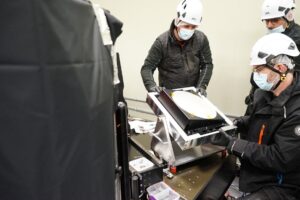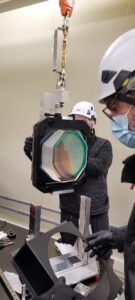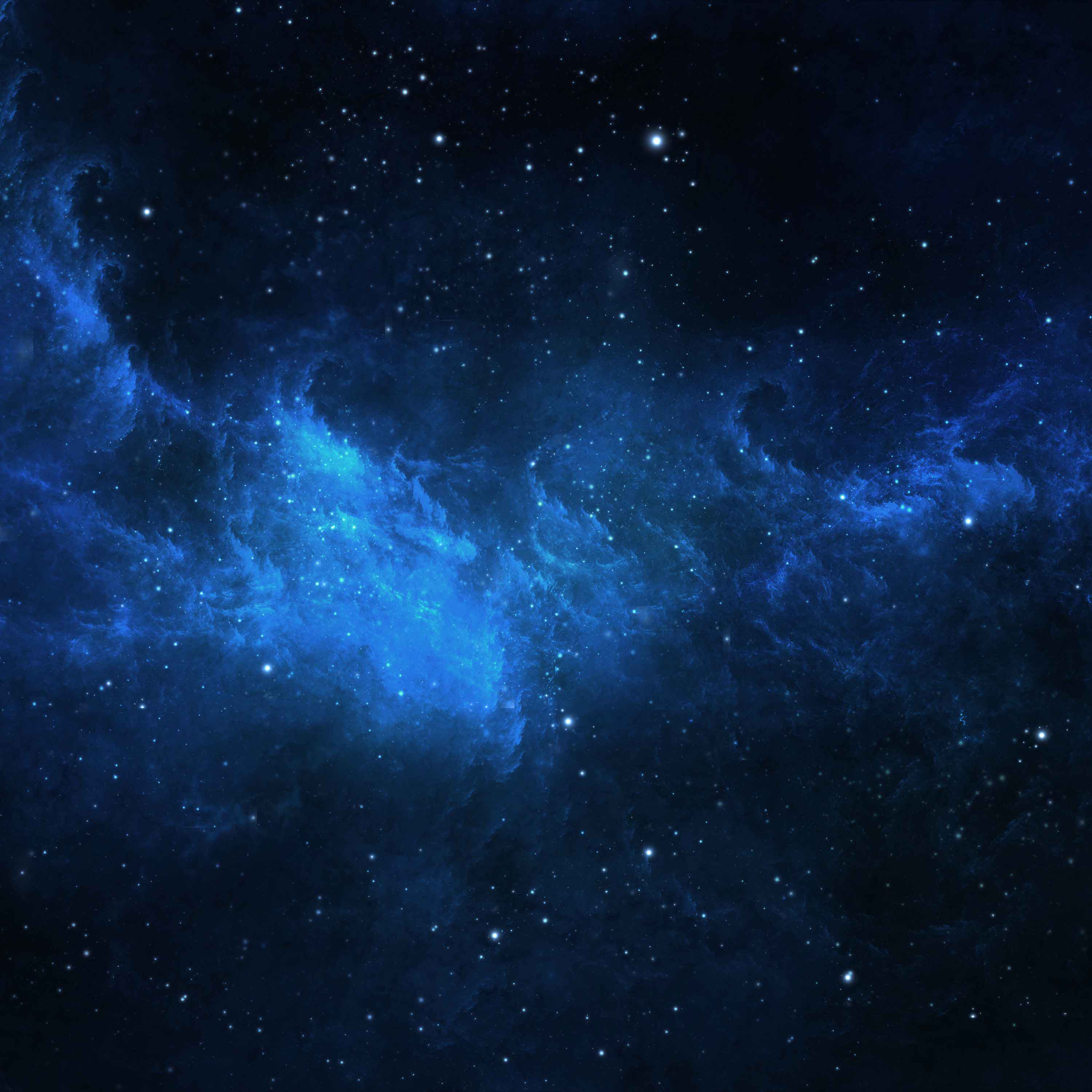
The SUBARU Prime Focus Spectrograph (PFS) is a wide-field multi-object spectrograph based on an international collaboration. PFS will carry out three major spectroscopic surveys with scientific objectives in cosmology, galaxy evolution and galactic archaeology.

Each of the international partners is making a contribution under a framework agreement, with the aim of building a 2400-fibre multi-object spectrograph (https://pfs.ipmu.jp/index.html). This new instrument exploits the wide field of the primary focus of the Subaru telescope, which houses the fibre positioner. The 60 m long fibres feed the spectrograph, which is located in a room heated to 5°C on one of the Nasmyth platforms. There are in fact 4 strands of 600 fibres each connected to the 4 spectrograph modules. Each module has 4 spectral channels from 380 to 1260 nm (https://pfs.ipmu.jp/research/parameters.html).
The LAM is responsible for the integration and testing of all the spectrographs, a task carried out within the laboratory. The Assemblies, Integrations and Tests (AIT) adventure, which began in 2015 and has been fraught with pitfalls, will come to an end in 2024 with the installation of all the modules at the Subaru telescope on the summit of Mauna Kea.

Two spectrograph modules with their Blue, Red and Near Infrared cameras had been installed and already tested on the sky before spring 2023. The two remaining spectrograph modules were shipped in 2023 and installed by a team from the LAM.
Performance tests have been carried out on the sky since 2023 and have shown the excellent functionality of all parts of the PFS instrument. However, an anomaly in the spectro-photometric transmission on the sky expected from the instrument has been detected, and after extensive analysis by a ‘tiger team’, the LAM’s PFS team has hypothesised that the PFS optical dispersive gratings may be misaligned, shifting and reducing the peak absolute transmission per band.
A spectrograph module has four channels, i.e. four gratings: three for the low-resolution channels (LR ~2000) in the blue, red and near infrared, and one for the medium-resolution mode (MR ~4500) in the red only.
Additional analyses, studies and tests have been carried out at JHU Baltimore, Bertin Winlight, IPMU Tokyo and at the LAM in 2023 to confirm this hypothesis and then to develop, test and validate a method and tooling that can change the orientation of gratings bonded to their support by 180 degrees. These reversals required special tools to handle the 50kg of optics. The consortium worked together to come up with the best solution in time.
The LAM team intervened in two stages, firstly to turn over the simple (low-resolution) 20kg gratings in the 3 spectral channels of each module in November 2023, and then to turn over the gratings in the 4th medium-resolution spectral channel (50kg optics) in February 2024.
The spectrograph is now almost complete.
The LAM has delivered, installed, aligned and validated the optical performance of all the spectrograph modules in collaboration with the Subaru team on site. However, two of the four near-infrared cameras need work to correct the inefficiency of their detectors. These operations are underway under the responsibility of JHU and Subaru. The telescope is once again operational after a shutdown period of several months, and tests on the PFS sky were carried out at the beginning of March 2024.
Some photographs of the team:








